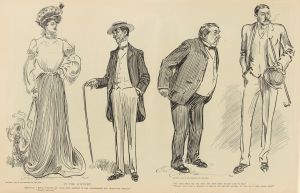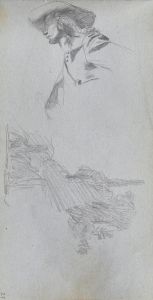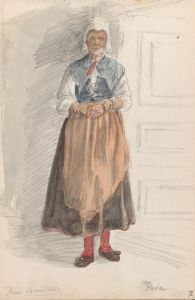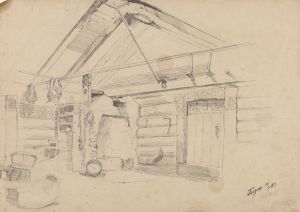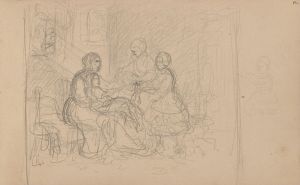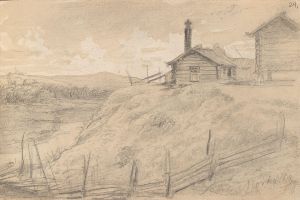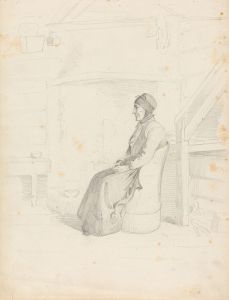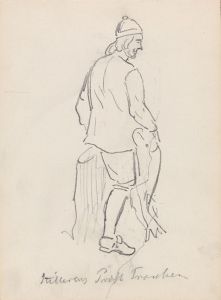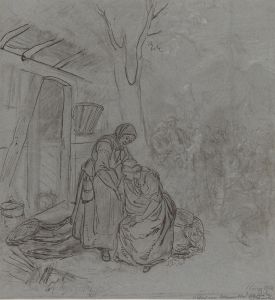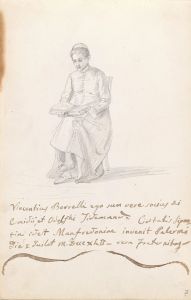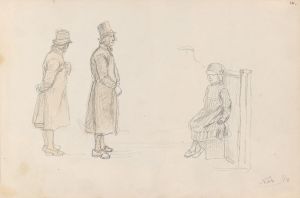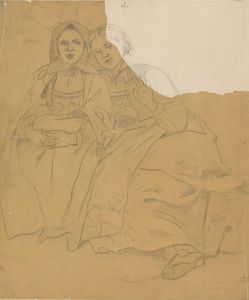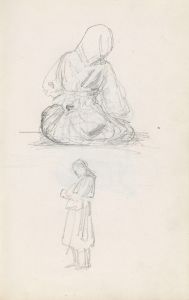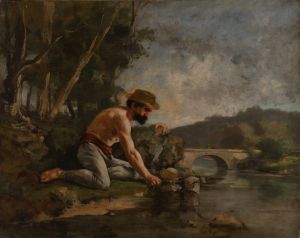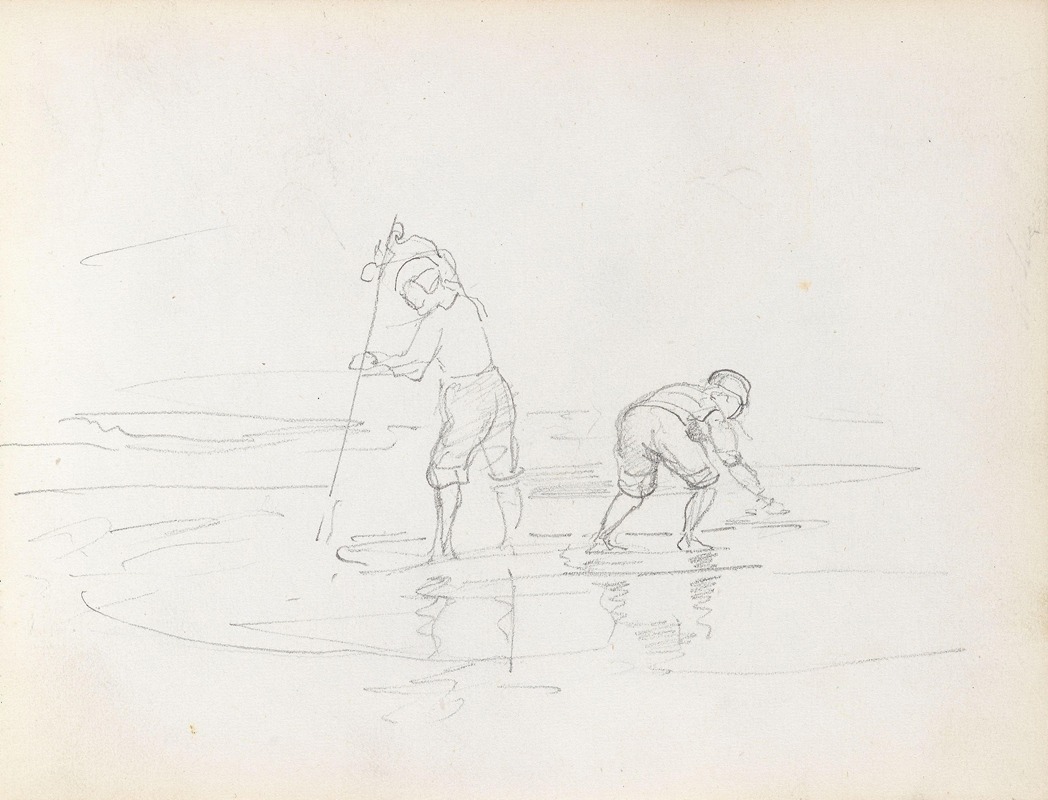
Spydfiske
A hand-painted replica of Adolph Tidemand’s masterpiece Spydfiske, meticulously crafted by professional artists to capture the true essence of the original. Each piece is created with museum-quality canvas and rare mineral pigments, carefully painted by experienced artists with delicate brushstrokes and rich, layered colors to perfectly recreate the texture of the original artwork. Unlike machine-printed reproductions, this hand-painted version brings the painting to life, infused with the artist’s emotions and skill in every stroke. Whether for personal collection or home decoration, it instantly elevates the artistic atmosphere of any space.
Adolph Tidemand's painting Spydfiske (translated as "Spear Fishing") is a notable work by the Norwegian artist, who is widely recognized for his contributions to 19th-century Romanticism and his depictions of Norwegian rural life and traditions. Painted in 1848, Spydfiske captures a scene of traditional spear fishing, a practice that was historically common in Norway, particularly in rural and coastal areas where fishing was a vital part of daily life and sustenance.
The painting portrays a group of men engaged in spear fishing at night, illuminated by the glow of a torch. The dramatic use of light and shadow in the composition highlights Tidemand's skill in creating atmospheric effects, a hallmark of his artistic style. The figures are depicted with careful attention to detail, emphasizing their physical effort and concentration as they work together in the challenging environment. The surrounding landscape, though subdued in the darkness, reflects the rugged and natural beauty of Norway, a recurring theme in Tidemand's oeuvre.
Spydfiske is significant not only for its artistic qualities but also for its ethnographic value. Adolph Tidemand was deeply interested in documenting the customs, traditions, and daily lives of Norwegian people during a time when the country was experiencing a growing sense of national identity. His works often served as a visual record of Norwegian culture, capturing scenes that resonated with the Romantic ideals of the era while also preserving aspects of rural life that were beginning to change due to modernization.
The painting is part of Tidemand's broader body of work, which includes other well-known pieces such as Haugianerne (The Haugeans) and Brudeferden i Hardanger (The Bridal Procession in Hardanger), the latter created in collaboration with landscape painter Hans Gude. While Spydfiske may not be as widely recognized as some of his other works, it remains an important example of his dedication to portraying the lives and traditions of the Norwegian people.
Today, Spydfiske is housed in the National Museum of Art, Architecture and Design in Oslo, Norway, where it continues to be appreciated for its artistic and cultural significance. Adolph Tidemand's legacy as one of Norway's most important painters endures, and his works, including Spydfiske, remain valuable for their ability to connect viewers with the history and heritage of Norway.





